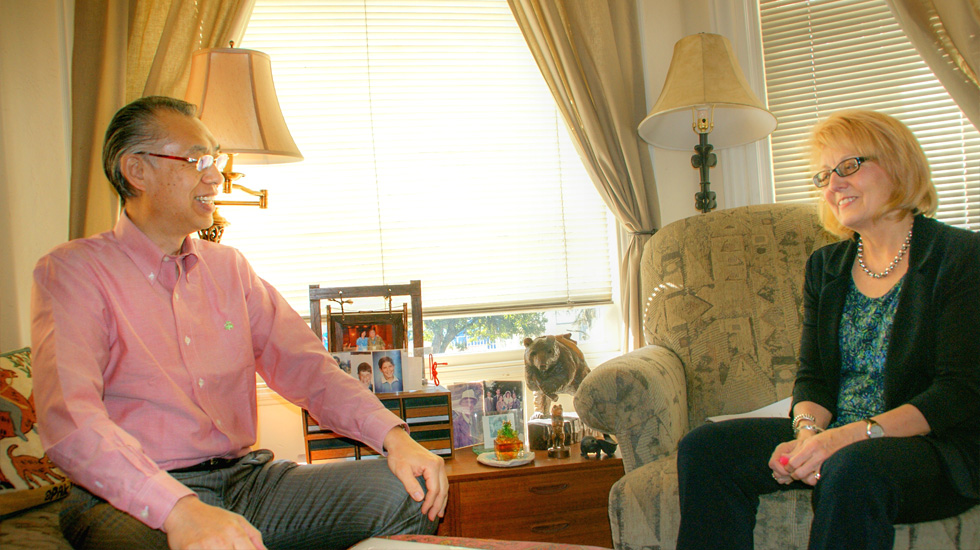
you need to focus on the “change” in people’s hearts, and accommodate such.
There are no so many corporations working on transformation that hardly a day goes by without hearing the word “organizational transformation”. We often hear that the transformation vision is raised, and while even presenting the strategy, such as what needs to be changed, when we look back, no one is following, or they aren’t changing. The reason changing people’s actions is so hard, is due mainly to their hearts not being in it.
One Associates is focusing on this point, and through an alliance with the organizational transformation thought leader, Cynthia D. Scott Ph.D., M.P.H., we provide a program for raising adaptability for people and organizations.
Dr. Scott is an advocate of ”Transition Curve™”, which depicts the transition of people’s hearts, when they are faced with change. She has contributed to the promotion of transformation in numerous corporations, through providing support through this ”Transition Curve™”, in order for each person to overcome and appropriately manage change.
How long should it take to go through a transition?
This depends on the level of the disruption and the support and control of the pace and magnitude of the change.
Any phase may become problematic if stayed in too long. The more warning and information, the faster people will be able to adapt.
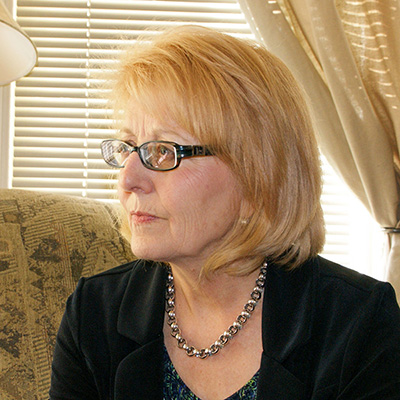
After serving as Vice-President of Saatchi & Saatchi, in her previous position, she went on to establish ChangeWorks Lab, where she has over 25 years of experience as an organizational consultant, author, and executive coach, leading numerous organizational transformations. She is a professional with tremendous experience in designing, developing and executing major organizational transformations, as well as developing leadership. She has functioned as an advisor to major corporations and government agencies, such as Google, Bank of America, IBM, Deloitte & Touche, and the Internal Revenue Service etc. Currently, she is a professor in Leadership for Sustainable Management, at Presidio Graduate School, which is one of the universities in the work with a Sustainability Management MBA/MPA course.
Dialogue
- James:
- The idea of human Transition curve™ in times of change is unique. How did you come up with the human transition curve?
- Dr. Scott:
- We were asked to work with a company as they were divested and re-organized.
This would require thousands of employees to be displaced, re-organized and even laid off.
The leadership wanted to create a class that would help employees and leaders navigate this transition.
To do this we drew on The Kübler-Ross model; of grief, experienced by terminally ill patients prior to death, the five stages are denial, anger, bargaining, depression and acceptance.
The transition curve™ was developed as an adaptation of this model, modifying it to workplace transitions.
We engaged several design groups to give us their experience with change and modified the model to reflect the exploration and commitment stages that emerged as the result of healthy adaptation to change.
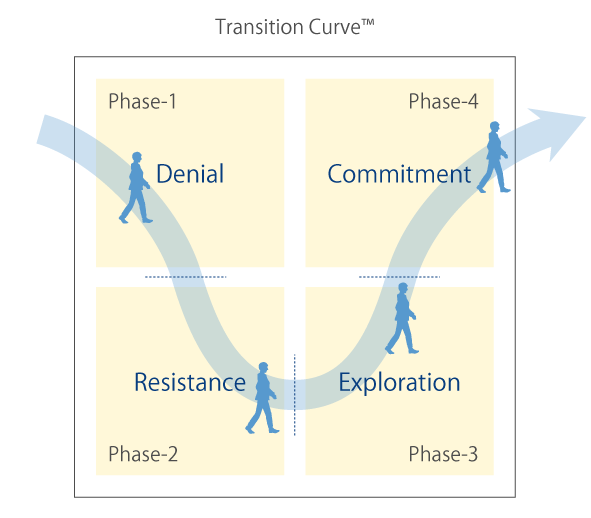
- James:
- Among the four phases of transition, which one seems to be more difficult than the others?
- Dr. Scott:
- Each phase can be difficult: Leaving Denying requires facing new realities, Leaving Resisting requires taking responsibility for what is happening and not blaming and feeling like a victim, Leaving Exploration requires the tolerance for ambiguity and disruption and the Leaving of Commitment requires embracing new conditions and facing the disruption of newly established patterns and beliefs.
- James:
- When people do not wish to be negative, some people breeze through change without completing each phase. In this case, what would happen and what should they do?
- Dr. Scott:
- Skipping phases is common, especially the Resisting and Exploring phases as they invite people to experience the loss, disruption and grief of the change.
By breezing past these feelings a person can end up in Committing and not have built up the inner strength and compassion to tackle the next change.
Skipping can also result in a person’s thinking being in Committing and their feelings being in Resisting, creating a disconnect and lack of authenticity.
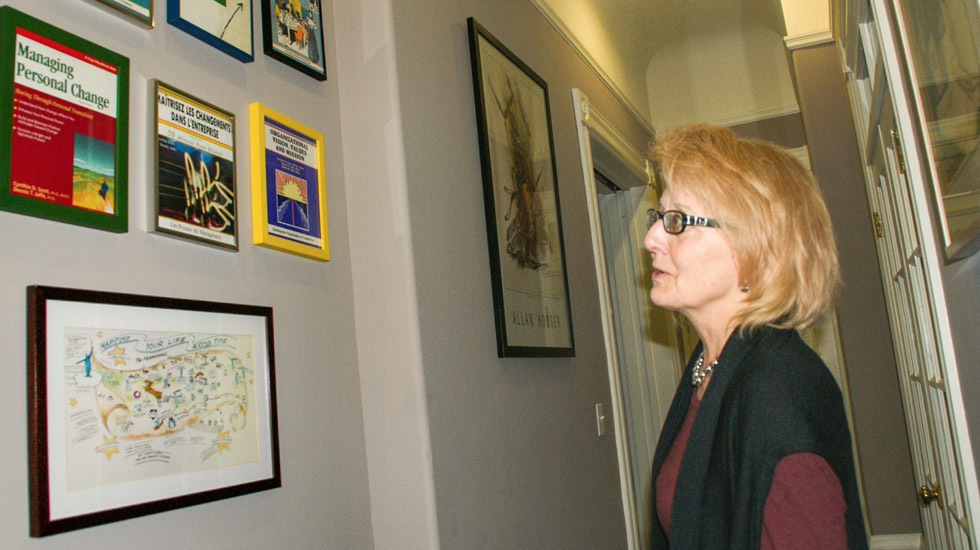
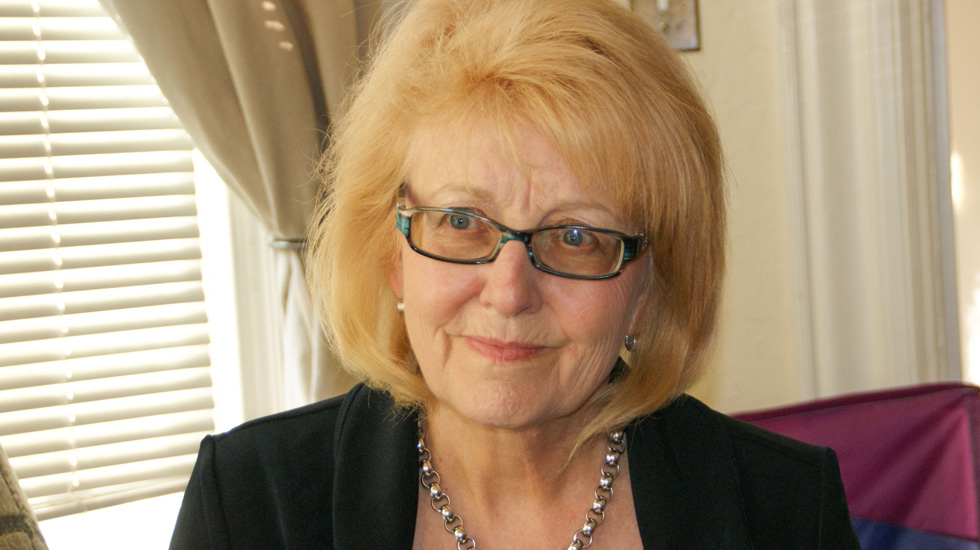
- James:
- What would be a merit of knowing the concept of Managing Personal Change among all employees in the company wide transformation?
- Dr. Scott:
- Management can learn how to deal with the negative sides of the Transition Curve™ people go through in the process of transformation. Also, employees understand Transition Curve™, and by practicing the skills for overcoming this curve, they are able to objectively grasp how they are experiencing transformation, and come to understand what must be done for themselves and others to go through each of the phases in the Transition Curve™, learning what kind of help is required.
- James:
- How do we acknowledge the fear or insecure feelings in front of people? Have you noticed any difficulties or struggles?
- Dr. Scott:
- Being vulnerable can be learned through practice, one way to begin is to say out loud that the person is trying a new approach and is not quite sure how it will go.
By saying this up front it shows a willingness to risk and experiment with a new behavior.
Starting with a small admission and expression of vulnerability ie. sharing feeling a bit disrupted by the change, being unsure how to respond, acknowledging surprise in feeling disconnected… may be a helpful way to begin. - James:
- People who are facing change in their organizations understand the common language of Transition Curve™, and by attaining the skills to overcome transformation, this leads to the creation of a safe environment to voice their fears and reasons for pushing back. By finally getting them to voice these fears and reasons for pushing back, this leads to energy for people to push forward.
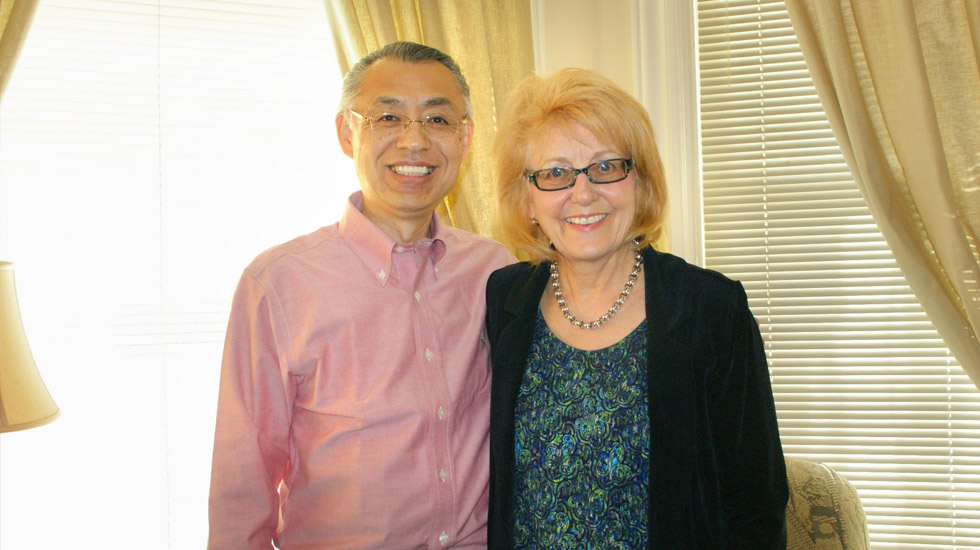
Related link:
As reasons for transformation going well,
Dr. Scott has raised the following 5 reasons:
- In organizational transformation, there is no consideration to the emotional side of people
- The objective of transformation is not shared
- There is a lack of commitment from leaders with authority
- How to work collaboratively, to enable transformation, is not emphasized
- People therein don’t understand how they are supposed to change
When people facing change are left behind, and further, when the appropriate leadership for change is not developed, there is a possibility that transformation will not go well.
One Associates provides a program for increasing adaptability to change in people and organizations
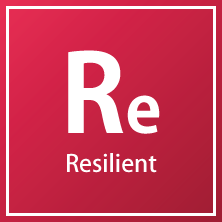
Developing individuals adaptable to change
‘Mastering Change’
This is a program for gaining hints into knowing where you currently are on the Transition Curve™, and what to do to proceed to the next phase.
This is a program beneficial to those experiencing major change in the workplace, or who will probably face such in the future.

Leading organizational transformation
“Change Leadership”
This is focused on the role that should be fulfilled by the leaders in the field and management promoting transformation, to lead transformation to success. Using the framework of the 5 lenses, this is a program that enables transformation leaders to plan and execute the efforts.